Mô tả
Hạt nhựa HDPE là gì?
Polyetylen mật độ cao là một loại polyme nhiệt dẻo được gọi là nhựa HDPE hoặc nhựa số “2”. Vì mật độ của nó dao động từ 930 đến 970 km/m3, nên nó được biết đến với tỷ lệ cường độ trên mật độ cao.
Loại vật liệu nhựa này được làm từ polyetylen nhiệt dẻo cần 1,75 kg dầu mỏ để cung cấp nguyên liệu thô cho một kg HDPE. Polyetylen mật độ cao (HDPE) thường được tái chế và sử dụng rộng rãi trong nhiều ứng dụng nhựa. Năm 2007, khối lượng giao dịch của nó trên thế giới đạt 30 triệu tấn.
Thị trường nhựa toàn cầu dành cho polyetylen mật độ cao (HDPE) đạt giá trị khoảng 70,7 tỷ đô la Mỹ vào năm 2021. Thị trường này dự kiến sẽ tăng trưởng với tốc độ CAGR là 4% trong giai đoạn dự báo 2021-2026 để đạt giá trị khoảng 89,5 tỷ đô la Mỹ vào năm 2026.
Nhựa HDPE được sản xuất như thế nào?
Trong khi quy trình sản xuất nhựa bao gồm phun nhựa và thổi khuôn để sản xuất các thành phần nhựa chất lượng cao. Quy trình sản xuất HDPE tập trung vào quá trình “bẻ gãy” khi HDPE tiếp xúc với nhiệt độ cao trong điều kiện được kiểm soát, quá trình bẻ gãy giúp tạo ra các phân tử khí ethylene tạo thành polyme.
Sau đó, polyethylene được đưa qua một loạt các khuôn để tạo thành hạt, tại đây bạn có thể nhận dạng HDPE ở hình dạng cuối cùng của nó.
Cụ thể hơn, quy trình sản xuất bao gồm 5 giai đoạn, trùng hợp với comonomer và hydro, sấy khô khi bột ướt được chuyển đến máy sấy bột, đùn khi vật liệu được nấu chảy và tạo thành viên trong máy đùn, sau đó chúng được chuyển đến silo lưu trữ và cuối cùng là đóng gói khi vật liệu được làm mát bằng không khí và lưu trữ.
Tại sao HDPE lại quan trọng?
Nguyên liệu thô HDPE quan trọng vì những ưu điểm của nó:
- Tính bền vững: HDPE bền vững vì nhiều lý do. Nó được làm từ vật liệu tái chế. Nó có thể tái chế 100%. Nó nhẹ.
- Khả năng chống chịu: HDPE có khả năng chống lại chất oxy hóa nhẹ, axit mạnh và chất khử. Nó có khả năng chống hóa chất tốt hơn LDPE (Polyetylen mật độ thấp). Nó có khả năng chống chịu cao với các tác động của môi trường như côn trùng và độ ẩm.
- Tính linh hoạt: Nhựa HDPE rất linh hoạt, vì vậy các nhà sản xuất có thể định hình nó để tạo ra nhiều ứng dụng. Sản xuất HDPE không cần các công cụ đặc biệt.
- An toàn thực phẩm: HDPE không chứa Bisphenol A (BPA), do đó, nó hoàn hảo để đóng gói thực phẩm và sản xuất hộp đựng thực phẩm.
Làm thế nào để tạo màu cho HDPE?
- HDPE màu có cùng đặc tính với tấm HDPE thông thường. HDPE tự nhiên có màu bán trong mờ. Bạn có thể tạo màu cho nhựa HDPE bằng cách nung chảy các tấm màu khác nhau với nhau. HDPE màu rất phù hợp cho các ứng dụng ngoài trời vì màu sắc sẽ không bị tách lớp, cong vênh hoặc nứt.
- HDPE có thể được tạo màu bằng quy trình tạo màu khi màu đi qua toàn bộ tấm.
- Lớp phủ bề mặt không phải là cách tốt nhất để tạo màu cho HDPE vì màu sắc có thể bị bong tróc hoặc trầy xước.
Làm thế nào để tạo khuôn nhựa HDPE?
HDPE là một loại polyme mềm. Nó mất độ cứng và bắt đầu tan chảy ở 125°C. Ép phun là cách tốt nhất để sản xuất HDPE vì chi phí thấp, có thể tạo ra các thông số kỹ thuật dự án khác nhau và nhanh hơn tất cả các quy trình đúc khác, đồng thời tạo ra khối lượng sản phẩm lớn hơn.
Sau đây là các bước để đúc HDPE:
- Đạt nhiệt độ lý tưởng trong máy ép phun, để chuyển nó thành các loại vào các khoang.
- Làm mát hình dạng của khuôn và đẩy các bộ phận đã đông cứng hoàn toàn ra.
- Đặt lại khuôn để tạo các bộ phận khác và lặp lại quy trình.
Nhựa HDPE có an toàn / nhựa tiếp xúc với thực phẩm không?
Khi nói đến an toàn thực phẩm, HDPE được chia thành 2 loại:
- HDPE nguyên chất: HDPE nguyên chất là loại nhựa an toàn khi tiếp xúc với thực phẩm, do đó phù hợp để làm hộp đựng thực phẩm. Nó không hấp thụ độ ẩm.
- HDPE tái chế: Loại tái chế được Cục quản lý thực phẩm và dược phẩm xem xét từng trường hợp cụ thể. HDPE, còn được gọi là nhựa số 2, an toàn khi sử dụng với thực phẩm, đặc biệt là khi bảo quản thực phẩm lâu dài.
Nhựa HDPE được tái chế như thế nào?
Tái chế HDPE có thể được thực hiện theo một số giai đoạn:
- HDPE được phân loại theo độ bền và độ dày của nó cùng các biến số khác.
- Làm sạch HDPE để loại bỏ các mảnh vỡ để có thể xử lý.
- HDPE hiện đã sẵn sàng để bước vào quá trình tạo hạt bằng cách nấu chảy các mảnh nhựa lớn hơn thành hạt hoặc cắt nhỏ chúng
- Định hình lại các hạt để tạo ra nhiều sản phẩm khác nhau.
- Theo các chuyên gia về nhựa, tỷ lệ tái chế chai HDPE tự nhiên là 29,3% vào năm 2018, 12% tổng số nhựa HDPE được tái chế và 28% bình sữa được tái chế.
Ứng dụng ép phun HDPE là gì?
HDPE có các đặc tính lý tưởng có thể làm cho nó trở nên hoàn hảo cho các ứng dụng sử dụng hàng ngày như:
- Đồ chơi
- Chai nhựa
- Hộp đựng thực phẩm
- Ghế và chai nhựa
- Bình sữa bằng nhựa
HDPE cũng được sử dụng trong các sản phẩm khác như:
- Ống nhựa
- Mũ bảo hiểm
- Thùng tái chế
- Túi đựng đồ tạp hóa
Tóm tắt về HDPE
Tính chất vật lý của nhựa Polyethylene mật độ cao:
| Sản phẩm | Đơn vị mét |
| Nhiệt độ nóng chảy | 130°C |
| Độ bền kéo | 20 MPa |
| Độ bền uốn | 21 MPa |
| Tỷ lệ co ngót | 1.7-2.9% |
| Trọng lượng riêng | 0.95 |
| ID tái chế | 2 HDPE |

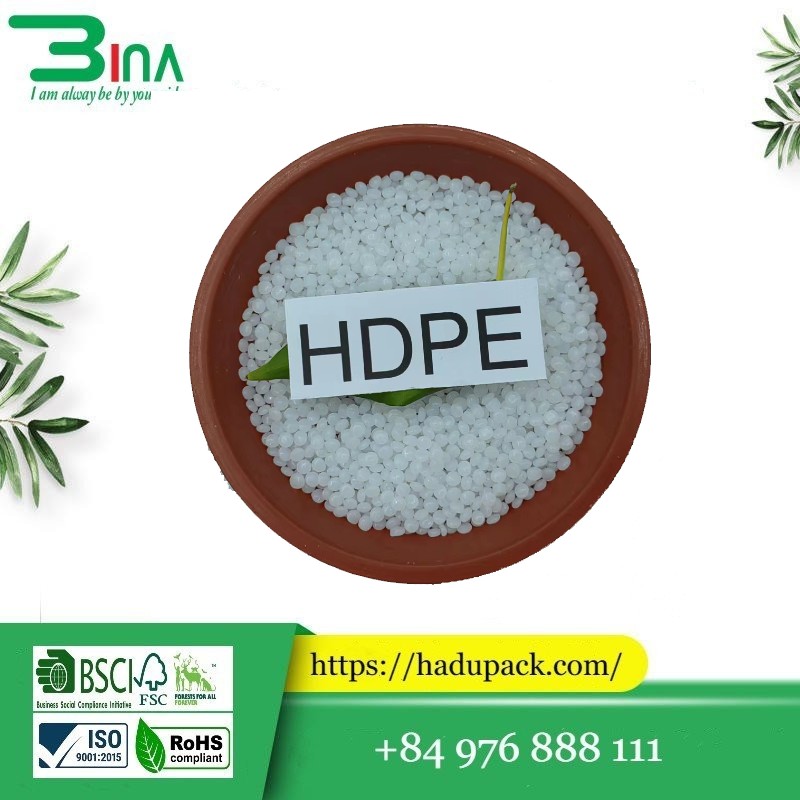
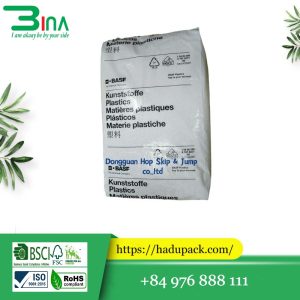
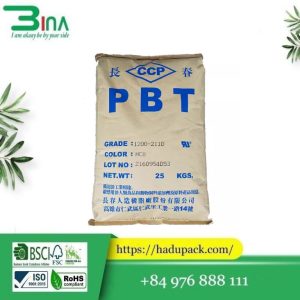
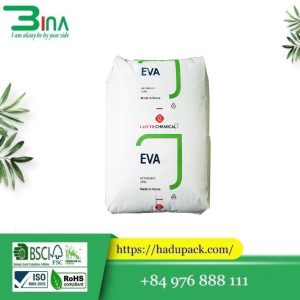

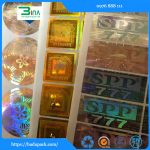
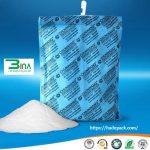

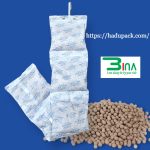


Đánh giá
Chưa có đánh giá nào.